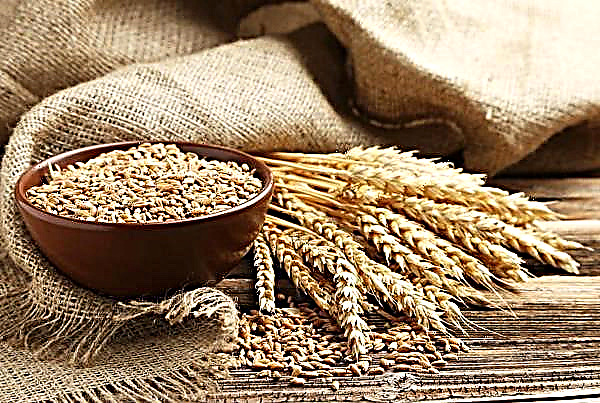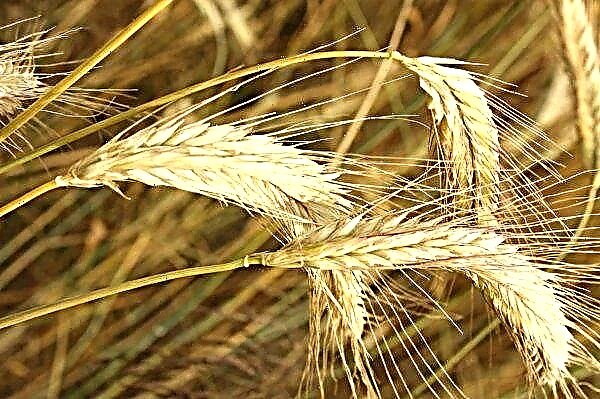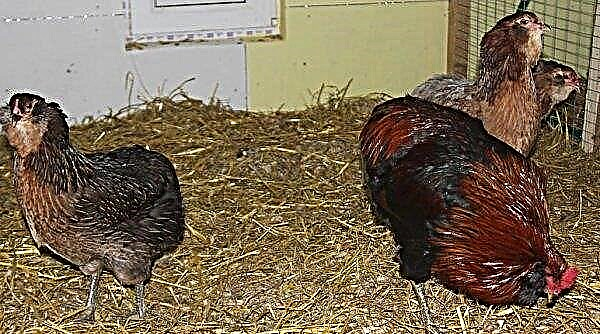China agreed to make new, but still uncertain purchases of agricultural products from the United States, President Donald Trump announced after meeting with his Chinese counterpart Xi Jinping in Japan.
According to the US Department of Agriculture (USDA), between 2010 and 2017, China was the main buyer of US agricultural exports, making purchases worth $ 21.6 billion a year.
According to traders, future Chinese purchases may increase in soybeans, grain and pork.
The United States is generally the No. 2 Chinese soybean supplier. The product may be included in the list of new purchases, even though the ASF epidemic has reduced demand from Chinese pig farmers. Soybean imports from the 2019-2020 crop are projected at USDA at 87 million tons.

According to Darin Friedrichs, a senior Asian commodity analyst at INTL FCStone, any major transactions will depend on progress in negotiations and will be concluded over a long period of time.
China is also the main buyer of American sorghum and, despite a 25 percent US trade tariff for grain, in recent months it has nevertheless bought several cargoes.
But sorghum prices are rising, making grain imports less profitable for Chinese buyers when they are already faced with such a high tariff. As for the grain of dry soluble distillers (DDGS) and wheat, China made it clear that it does not plan to increase their imports.
It is expected that China, which usually accounts for half of the world's pork production, will need all the pork that it can find abroad, as ASF devastates all of its domestic farms.

China has already made several major purchases from the United States, even taking into account US trade tariffs of 50%. However, more pork exports to China threaten to raise prices in the United States, which will hurt US consumers and run the risk of retaliating against Trump.












